Simon Nowell
The history of Kennebunkport during the early 19th Century can be told through the experiences of Brigadier General Simon Nowell because he had a piece of most everything… until he didn’t.
Simon Nowell, born in York, ME in 1779, first came to the Kennebunks as a live-in apprentice for the Kennebunk Landing baker, Mr. Brookings. Young Simon’s job was to push a wheelbarrow full of gingerbread around the Landing and sell to the hungry shipyard workers. Before long, Nowell had moved on to clerking at an Arundel West Indies store and then trading on his own account. Within a few years, he owned a share of a trading vessel carrying cargos of lumber and fish to the West Indies and returning with rum, molasses, sugar coffee, and spices.
Simon Nowell married Jane Towne in 1804 and had that beautiful yellow house at the corner of Union and Maine streets built for $1200. He shared a store next to Hovey’s Wharf with his father-in-law, Robert Towne. When the new toll bridge was built over the Kennebunk River in 1810, Simon was one of the proprietors. In 1811, he built his mother and sister a two-story house on Union Street adjacent to his own.
Simon Nowell distinguished himself during the War of 1812 as commander of a militia detachment at Fort McLary and later as Brigadier General of the First Brigade Maine Militia.
After the War, his fortunes surged. He opened his home at the corner of Union and Maine as a tavern and stagecoach stop. Patrons came off his ships at Hovey Wharf and past his store in Union Square, from where they could see his Tavern sign promising rest and refreshment, swinging in the wind, up Union Street. Other customers traveled by stagecoach over his toll bridge and straight to the stagecoach stop in front of his tavern. By 1816 Brigadier General Simon Nowell was among the very wealthiest people in town.
1816 also brought hardship to the Nowell family. Simon’s wife, the former Jane Towne, died that year, leaving him to care for their six motherless children. There was also financial trouble at the bank across the street, through which Nowell was accustomed to floating his considerable investments. The capital at the bank had to be reduced from $100,000 to $20,000 and the first floor of the bank was leased to the Federal Government for a Customs House.
The following year, General Nowell was appointed to the committee to greet President James Monroe in Kennebunk. He also married his sister-in-law, Clarissa Towne, who would give him another six children.
He became Director of the Kennebunk Bank in 1821. At one point during his Directorship, bank inspectors arrived unexpectedly when only half the required amount in specie was in the vault. Once the inspector had counted $10,000 in coins, Nowell invited him across the street for a lunch break. While the inspector supped and drank rum, the already counted coins were lugged from the bank vault to a brick oven in the basement of the Nowell’s Tavern. The tipsy inspector counted the same $10,000 again after lunch and went away satisfied.
The Brigadier General and others petitioned the Legislature to incorporate the Kennebunkport Distillery with Nowell as its primary shareholder in 1826. Later that same year the English West Indies were closed to American vessels and the first whispers about the prohibition of spirits like rum spread through the Kennebunks Temperance supporters. Several local West Indies shipping businesses failed. Many stores and houses were suddenly for sale at once causing the real estate market to crash, reducing values 75% below 1820 prices.
By 1830, The Kennebunk Bank was dissolved. Kennebunk Town Clerk, Andrew Walker wrote in his diary that many Kennebunkport businessmen blamed General Nowell for its failure. He lost his tavern, his mother’s house, his store, his distillery, his shares in the sawmill and building yard, all to Lords. His second wife, Clarissa Towne died just before Simon Nowell moved his family to Bangor, where he lived comfortably until 1870, thanks to his several successful seafaring sons.
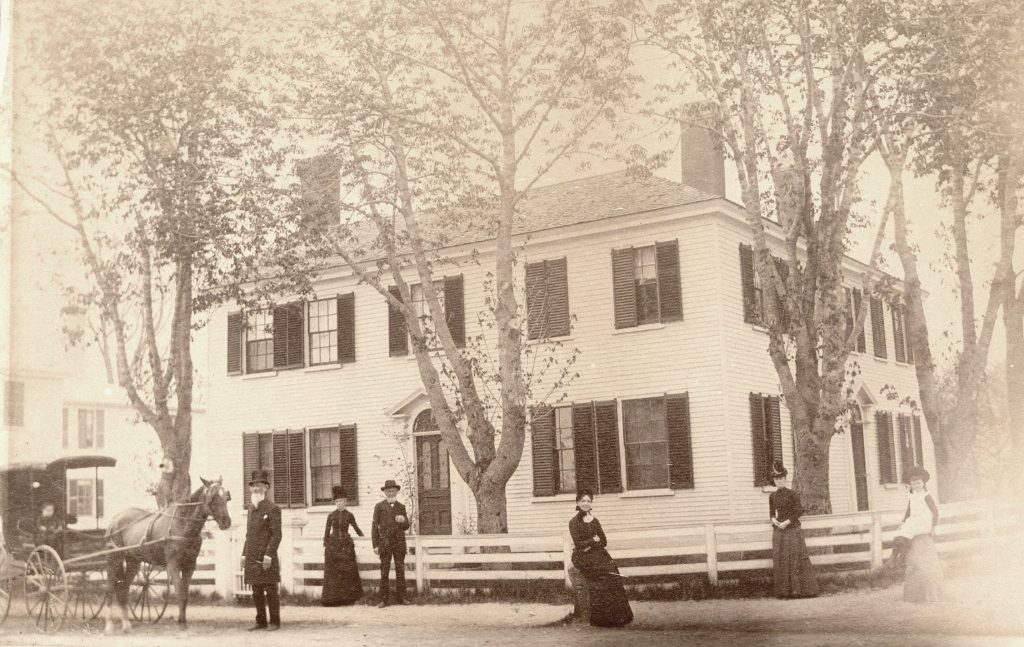
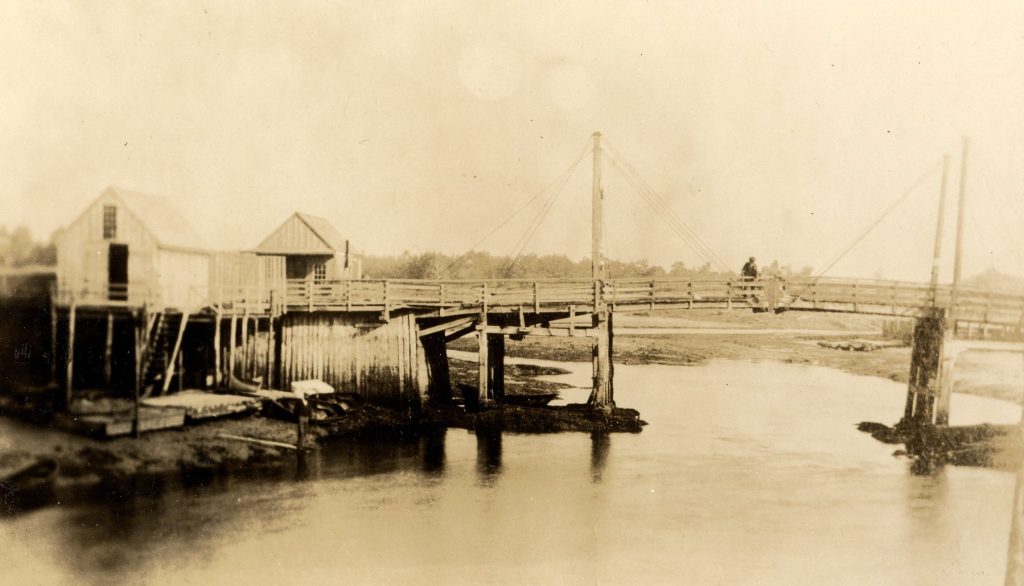
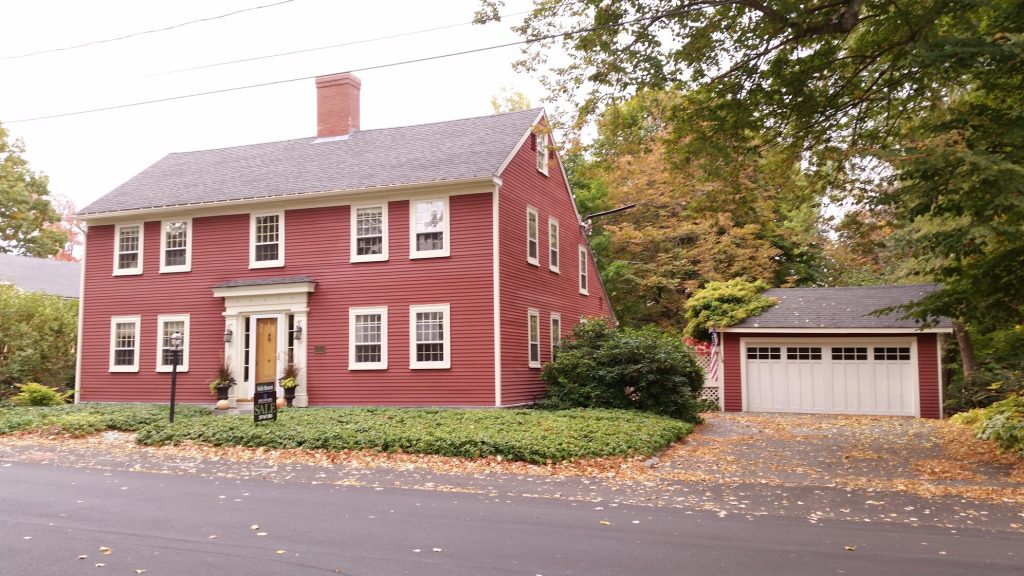
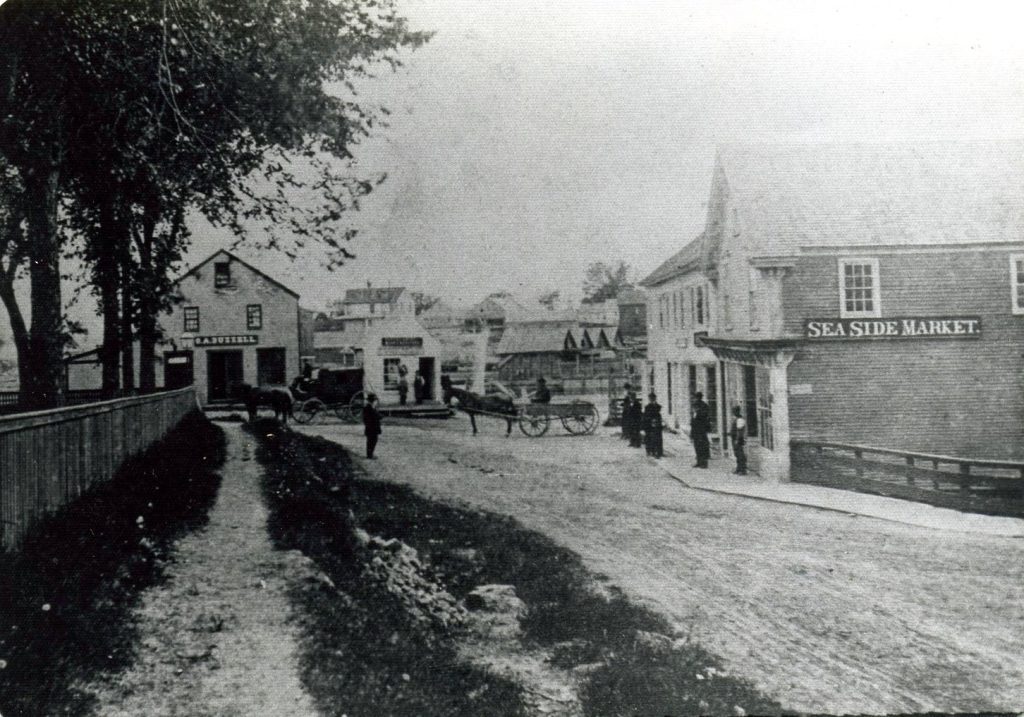
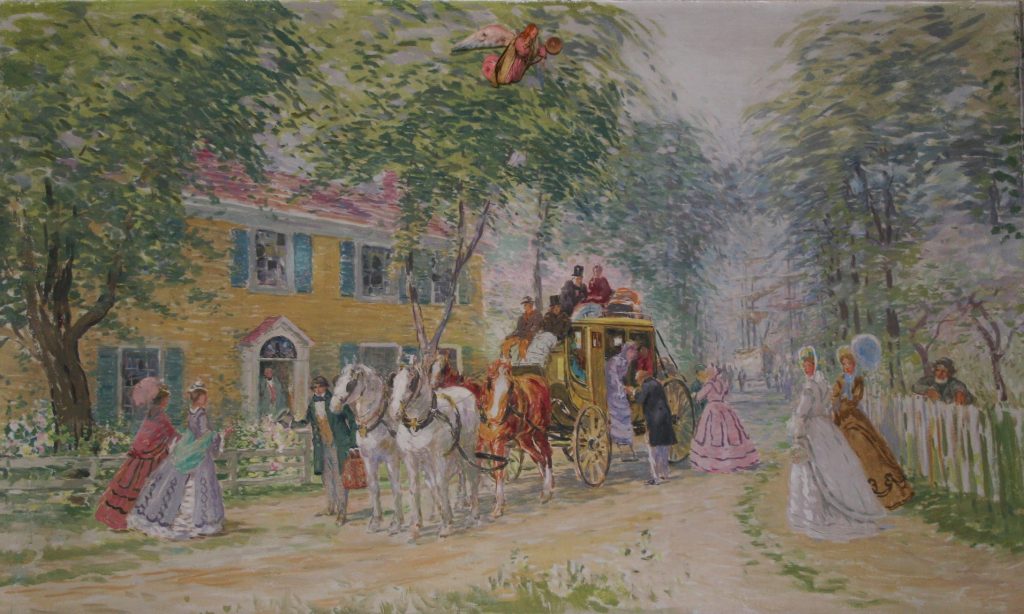
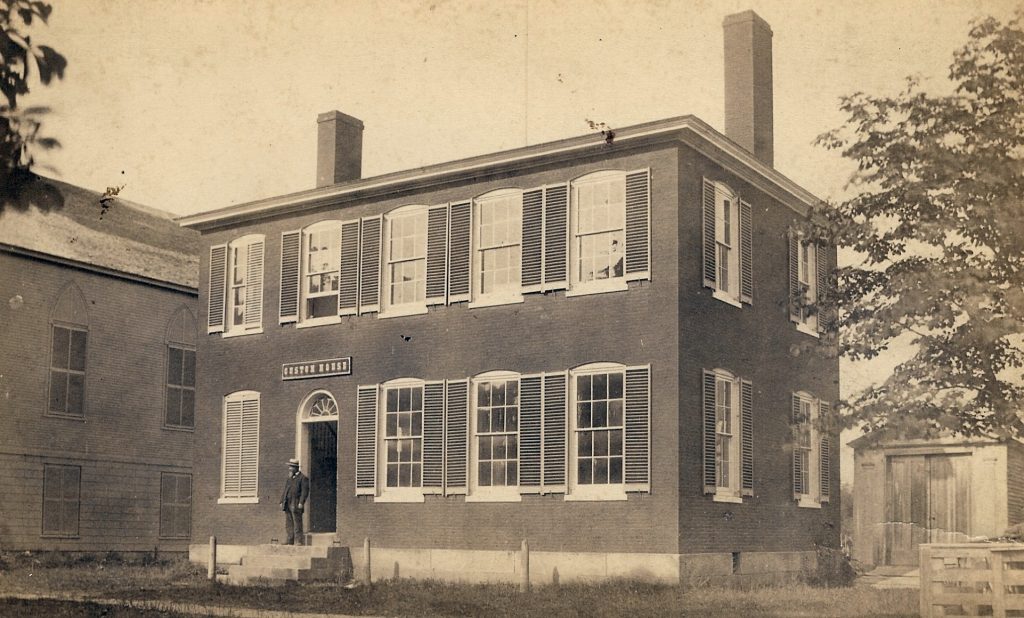
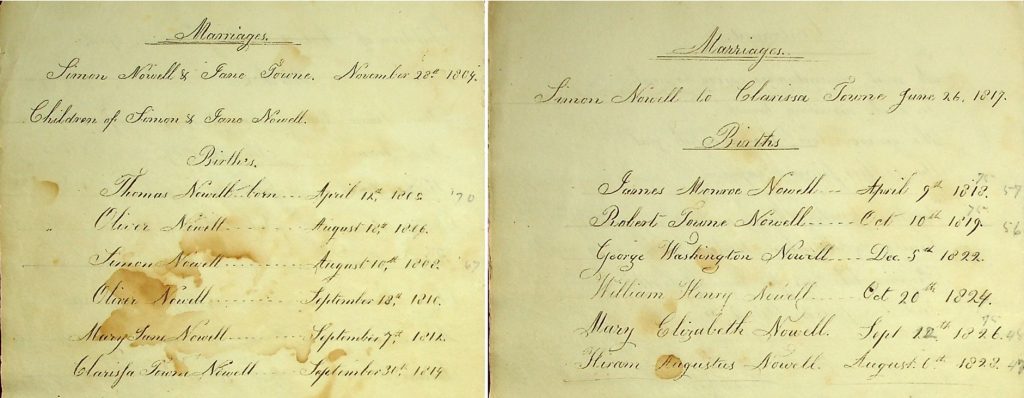
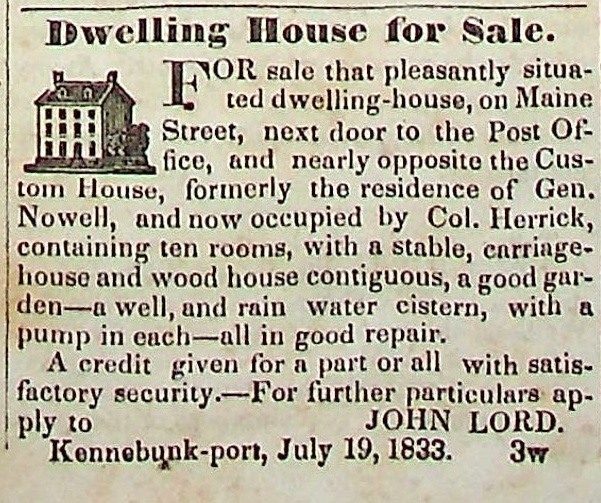


Leave a Reply